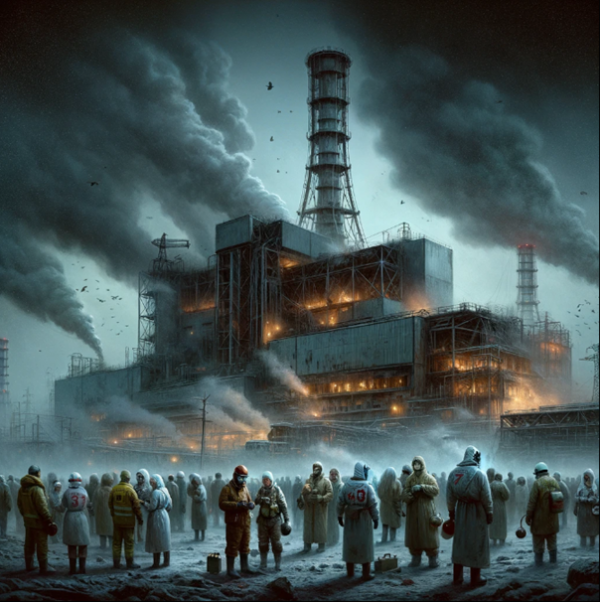Environmental Activists
The 1980s showed the start if more radical environmental movements. Friends of the earth continued from their 1970s activism, growing quickly and globally. Throughout the 1980s they protested for the environmental movement, including against dismantling of the British allotment system, and against pollution and acid rain. Other groups, like Greenpeace and Earth First! became well known for their activism during the 80s. Greenpeace started in the 1970s to protest the use of nuclear weapons. They believed that humans were at fault for environmental issues and wanted to create awareness around it. Greenpeace are particularly well known for their photographs and posters, using creative techniques that capture attention for environmental activism, and still to this day campaign against climate change. Earth First! were more ideologically and actively radical than Greenpeace and were started by a group of friends who were dissatisfied with other environmental groups in the 80s. They believed that environmental issues were the fault of western industrialisation and wanted to protect all wildlife from things like climate change. WWF was also started in the 1980s, although it focused more on protecting nature and conserving wildlife, which had been endangered due to environmental issues. Throughout the 1908s the environmental movement became much more global, with activist groups expanding into other nations with their own local groups to protest a range of environmental issues.
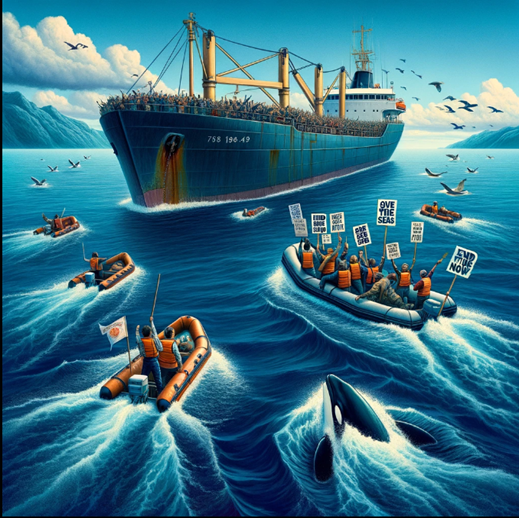
Energy Independence Activists
After the energy crisis of the 1970s, the increased oil prices lead to more research into energy independence by many western nations, highlighting the need for renewable energy. However, renewable energy was forced to compete with nuclear energy in the 80s, more often than not falling short to the capabilities of nuclear energy. The need for energy independence grew from the need to reduce reliance on petroleum exporting countries. The US had the capabilities to produce domestic fossil fuels while also expanding nuclear energy in order to move away from importing oil. The UK did not have its own supply of fossil fuels, so instead focused solely on nuclear energy. The rush for cleaner renewable energy sources decreased in the 1980s after the fear of decreasing fossil fuels in the 70s declined, and by the mid-80s the price for oil decreased, so renewable energy was pushed even further back by governments who would rather focus on large economic growth that was easily managed by relying on fossil fuels to produce energy.
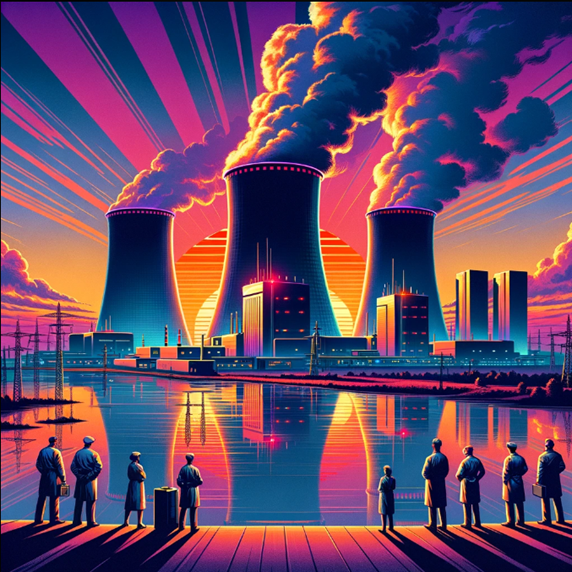
Technological Innovators
Due to the increased interest in fossil fuels and nuclear power, less resources were spent to develop new renewable energy technology. However, there was still some headway made for renewable energy within wind and solar power. Wind energy was beginning to be utilised in some parts of the US, with new windmills being developed to produce greater amounts of energy, the use of wind power was promoted in California in the 80s through the use of tax rebates. In 1980 the worlds first wind farm was created in New Hampshire. Research into solar energy did also slow in the 80s due to the drop in traditional energy prices, but some progress was still made with commercialising solar energy. In 1986 commercial solar panels became available, and in 1987 the University of South Wales increased the efficiency of silicon solar cells by 20%, showcasing that there was still great potential for technological innovations for renewable energy in the 1980s, but at the time it couldn’t compete with traditional energy supply and the increased interest in nuclear energy.
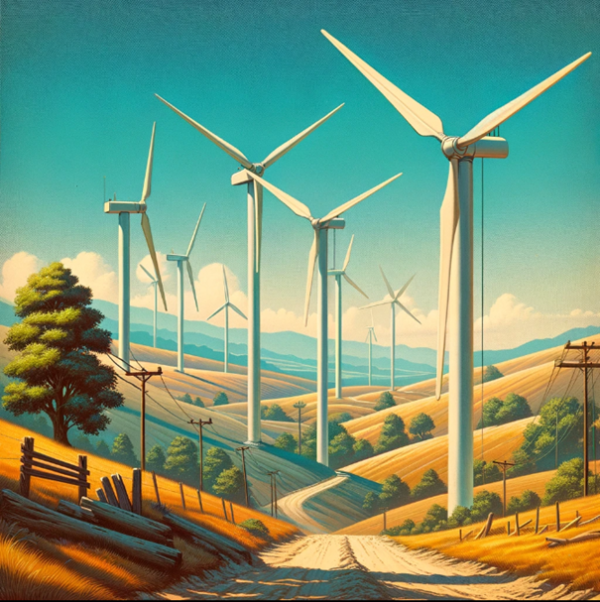
Politicians Concerned with Energy Policy
In the UK, Margaret Thatcher’s coming to power in 1979 lead to an increased interest in nuclear power. While she wasn’t overly concerned with climate change and the environmental movement, she did want to move away from burning fossil fuels to save money and become more energy efficient. She brought in the Non-Fossil Fuel Energy Obligation, which forced distributors to buy energy from non-carbon emitting sources. The miners’ strike from 1984 to 1985 also reduced coal usage in the UK, although this wasn’t brought about due to concerns for the carbon emissions from coal, and instead could relate to a later increased consumption of gas. In the US, Ronald Reagan had similar energy policies. Reagan wanted the US to start producing its own energy using oil and gas stores, coal mines, and nuclear power. He made significant budget cuts to renewable energy research and development, including removing all solar panels from the white house. He even made tax reliefs for domestic oil to promote production. Throughout the 1980s energy policy pushed renewable energy aside in favour of nuclear power and fossil fuels, going in the opposite direction of the energy policies from the 1970s that were somewhat pro renewable energy.
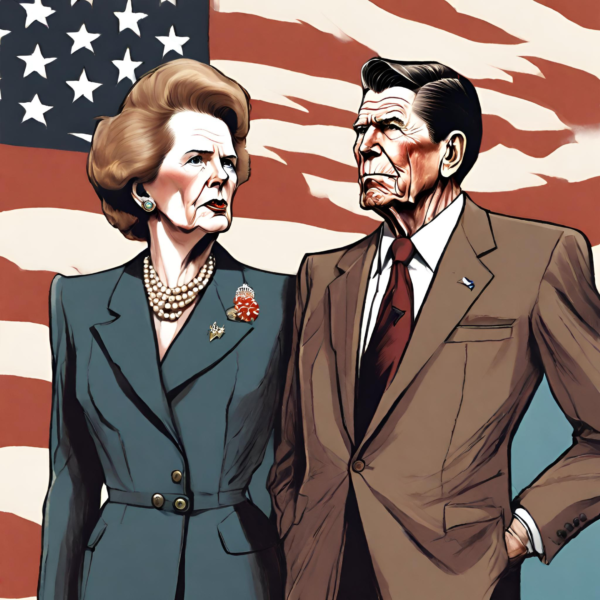
Those Concerned with Environmental Disasters
In the 1980s there were two major environmental disasters that pushed the environmental movement and the need for renewable energy to the forefront. The Chernobyl disaster in 1986 changed many people’s opinions on the use of nuclear power, due to increased risk of radiation. The explosion of the reactor initially caused the death of 2 engineers and the hospitalisation of 237 workers. Of the hospitalised workers, 134 showed symptoms of acute radiation syndrome and 28 died within 3 months. The explosion contaminated aquatic systems, killed a 4 squared km area of pine forest and many animals. The aftermath led to an increased mutation rate in plants and animals of 20% within the next year, as well as many health problems, including cancer, within residents close to the plant. It is estimated that the 30km exclusion zone around the plant will not be habitable from anywhere between 300 and 20,000 years due to the large half-life of the plutonium that was released. This disaster showcased the high risk that came with nuclear power, and seriously pushed forward the anti-nuclear movement, as well as increase interest in renewable energy because of its low risk factors.
The Exxon Valdez oil spill in 1989 saw 5.8 million gallons of oil spilt into the Prince William Sound. The initial clean-up of the spill was delayed 24 hours because of unavailable equipment, and despite civilian demand for a complete cleanup, only 10% of the total oil was actually cleaned up. The spill led to the death of between 100,000 and 250,000 sea birds, at least 2,800 otters, 12 river otters, 300 harbour seals, 247 bald eagles, 22 orcas, and an unknown number of salmon and herring. The remaining oil lasted far longer than was anticipated and has resulted in more long-term losses of species than had been expected. This oil spill greatly angered environmental activists because of the significant damage it caused, and also showcased the dangers of oil and its effects on marine life.
